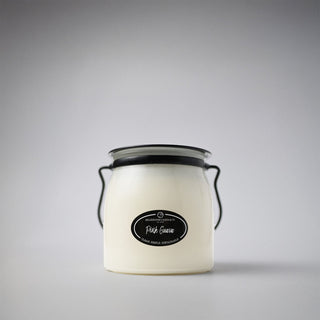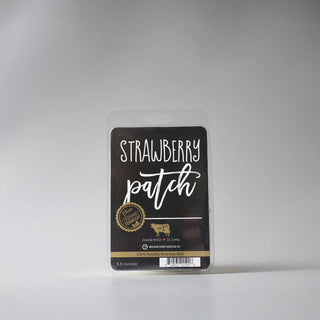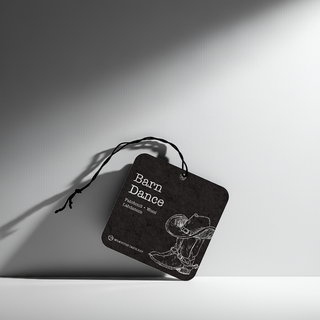FAQ

Frequently Asked Questions
COMPANY
Here are some common questions about our company and services we offer.
Please visit our Become a Wholesaler page to read more information about becoming a wholesaler.
Milkhouse would love to support your event or cause! Please visit our Fundraiser Application page to provide information regarding your upcoming event and we will reach out as soon as possible!
Please visit our Careers page to see our careers listing.
Have questions or need assistance? We’re here for you Monday – Thursday 8-4pm CST and Friday 8-2pm CST.
Call us at 800-565-1543 or send us an email at sales@milkhousecandles.com.
ORDERS
Below are some common questions about ordering and products.
We accept returns up to 30 days from date of purchase, so long as the item has not been burned and is in new condition. Items can be exchanged, or refunded. Shipping the items back to Milkhouse is at your expense. Please contact the Customer Success Team for a Return Authorization prior to shipping the product back.
We're sorry to hear you received a damaged item. Please email photos to our Customer Success Team at sales@milkhousecandles.com.
The exclusive Milkhouse fragrances are carefully crafted using a combination of natural and synthetic (man-made) ingredients, and some contain essential oils. Our fragrance oil suppliers adhere to the regulations set forth by the International Fragrance Association (IFRA). Every product Milkhouse sells contains premium fragrances selected by our internal Product Development Team. The Milkhouse blend of wax is simple: pure beeswax infused into all-natural soy wax from soybeans grown in America's Midwest that provide a safe and clean-burn. Our products are paraben-free, paraffin-free, and phthalate-free.
We are animal lovers at Milkhouse! Our products are generally considered safe to use in households shared with pets. We do not test on animals nor do our fragrance oil suppliers, however, we do recommend using our products as directed according to the product labels. Keep the Milkhouse Candle Co. products out of reach from children and pets, especially those wagging tails. Certain essential oils can irritate the skin or be toxic to some animals, especially smaller ones, we suggest using caution when using any fragranced products around them. If you have questions or concerns about using fragranced products around your pet, we recommend consulting your veterinarian for the best advice regarding your pets.
If your candle starts to smoke, it most likely is due to the candle’s combustion process. When you light a candle, the wick relies on the wax to fuel the flame. This burning process creates a reaction between carbon in the wax and wick and mixing with oxygen, resulting in light & heat, carbon dioxide, and a small amount of steam & smoke. The smoke is essentially tiny carbon particles combined with steam, which can sometimes create a dark, smoky substance.
If you notice your candle is producing more smoke or soot than usual, it may be due to incomplete combustion – a few different factors can cause this. Inconsistent flame is a usual culprit. This can be caused by air movement from fans, open windows, and drafts. If your candle is placed in a drafty area like near a window, the breeze can cause the flame to flicker. This flickering demands more fuel from the wick, leading to inefficient burning and excess fuel being turned into carbon or soot. Too long of a wick can also be a culprit. Starting out with too long of a wick, or burning the candle for too long at one time, which can cause a little “mushroom” to build up on the tip of the wick, can cause it to smoke. Be sure to keep the wick trimmed to about 1/4″ in length for the first and subsequent burns.
To recap how to minimize candle soot for any candle, consider these tips:
- Trim your wicks! Start with a wick trimmed to 1/4″ before the first lighting and maintain that length for each subsequent burn. Do not trim when lit.
- Choose candles with cotton wicks and paper cores. Other types of wicks may not burn as clean.
- Be selective about your candle brands. Look for pure soy, 100% soy wax, or paraffin-free candles over “soy blend” candles, which may contain other elements that contribute to soot production.
- Be mindful of fragrance levels. Overly fragranced candles may not completely combust and can lead to soot issues as the excess fragrance can leak from the wax during burning.
Remember, consistency is key to a clean, soot-free burn. By following these guidelines, you can enhance your candle’s performance and elevate your overall candle experience.





